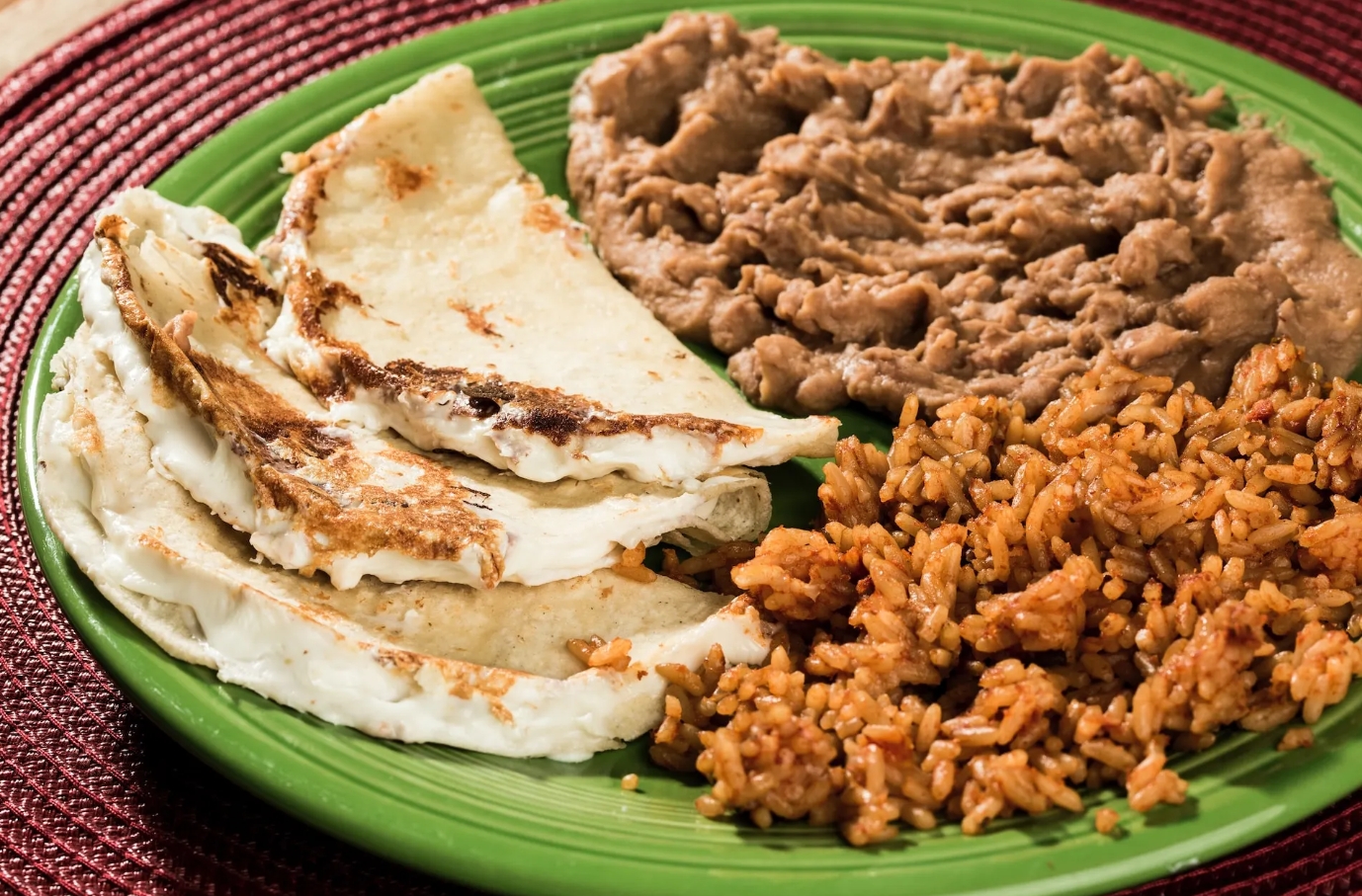When you talk about food in Dallas, you usually hear about Tex-Mex. But if you want to understand where that identity started, you have to look at Little Mexico Dallas food history. This story shows how one community built the foundation for the history of Tex-Mex in Dallas and created flavors that still define local cuisine.
It had homes, schools, churches, markets, and full family-run kitchens. You could argue that the best Tex-Mex restaurant Dallas has today grew from the flavors and techniques born in that neighborhood. It was more than a place to live—it was a community that used food to survive and stay visible.
How Little Mexico Became Dallas’s Food Anchor
By the 1920s, thousands of Mexican families were living in Little Mexico. Many had moved north after the Mexican Revolution and built their own community after being shut out of other areas. Restaurants and small food businesses became the heart of that neighborhood.
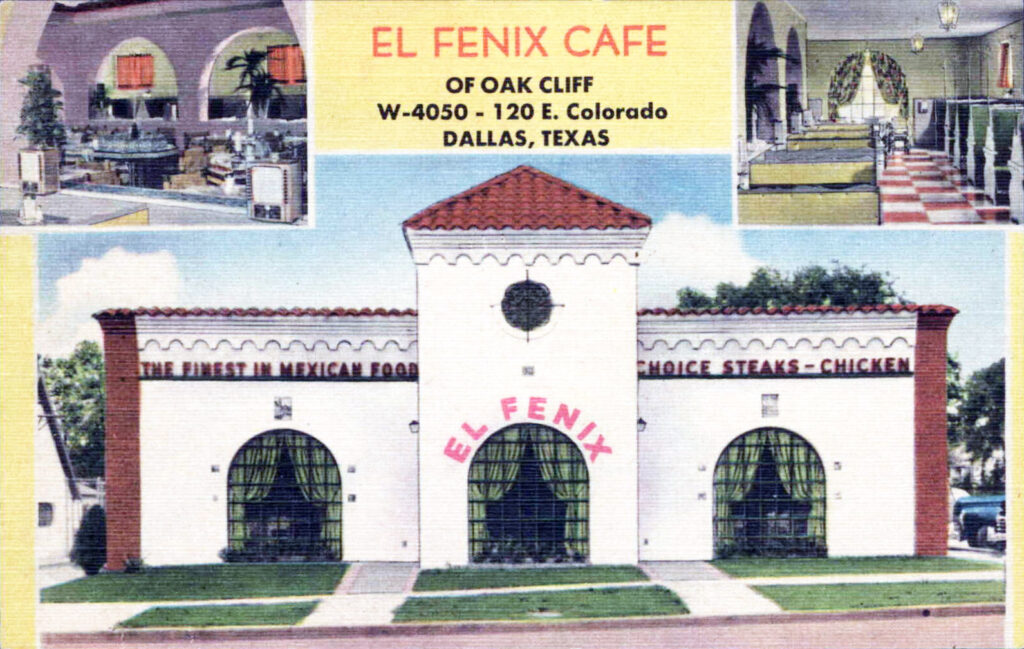
El Fenix, first opened as Martinez Café in 1918, helped define Tex-Mex as we know it. Luna’s Tortilla Factory, launched in 1924, became a supplier for restaurants across Dallas. When you hear someone say Dallas tortilla factory with pride, they’re often talking about Maria Luna’s legacy.
The Dallas tortilla factory story isn’t just about fresh masa and tortillas. It’s about ownership, economic survival, and creating access to food in a time of discrimination. These family-run kitchens fed a neighborhood that worked long hours for little pay, laying the groundwork for the origins of Dallas Mexican restaurants.
The Rise of Classic Enchiladas Dallas
When you see classic enchiladas Dallas style today, you’re tasting history. The first versions of enchiladas date back centuries in Mexico, and some believe the Aztecs made similar meals. Early versions were simple tortillas dipped in chile sauce and topped with fresh cheese, cream, and onions.
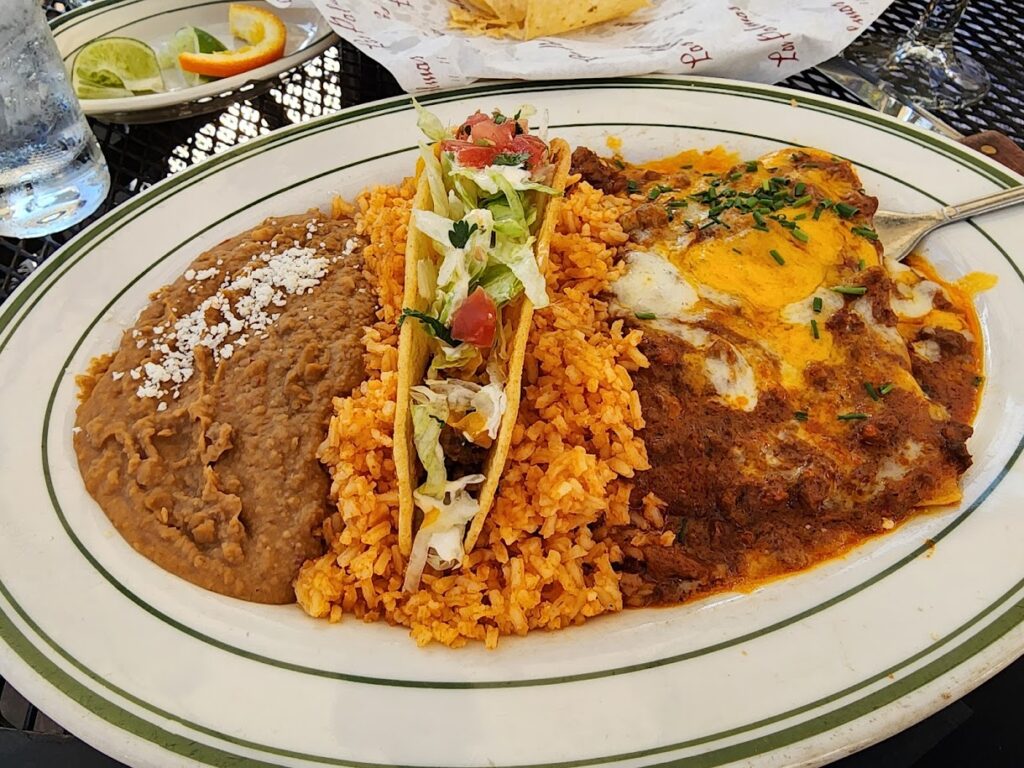
In Texas, enchiladas evolved into something heartier with chili gravy, melted cheese, and rice and beans on the side. Restaurants in Little Mexico helped make this style popular in the early 1900s. That’s why locals still look for classic enchiladas Dallas when craving comfort food.
The plate itself became a symbol of Tex-Mex dining culture. Meat-filled tortillas covered in sauce and cheese served with refried beans made the combo plate famous. You’ll find that format in nearly every best Tex-Mex restaurant Dallas still serving today, a reminder of how traditional Mexican dishes in Dallas evolved through local innovation.
The Tortilla Factory That Fed a City
Enchiladas may be iconic, but tortillas are the foundation of it all. Tortillas go back over 8,000 years to Indigenous communities in Mexico. Wheat flour tortillas came later after the Spanish introduced wheat in the 16th century.
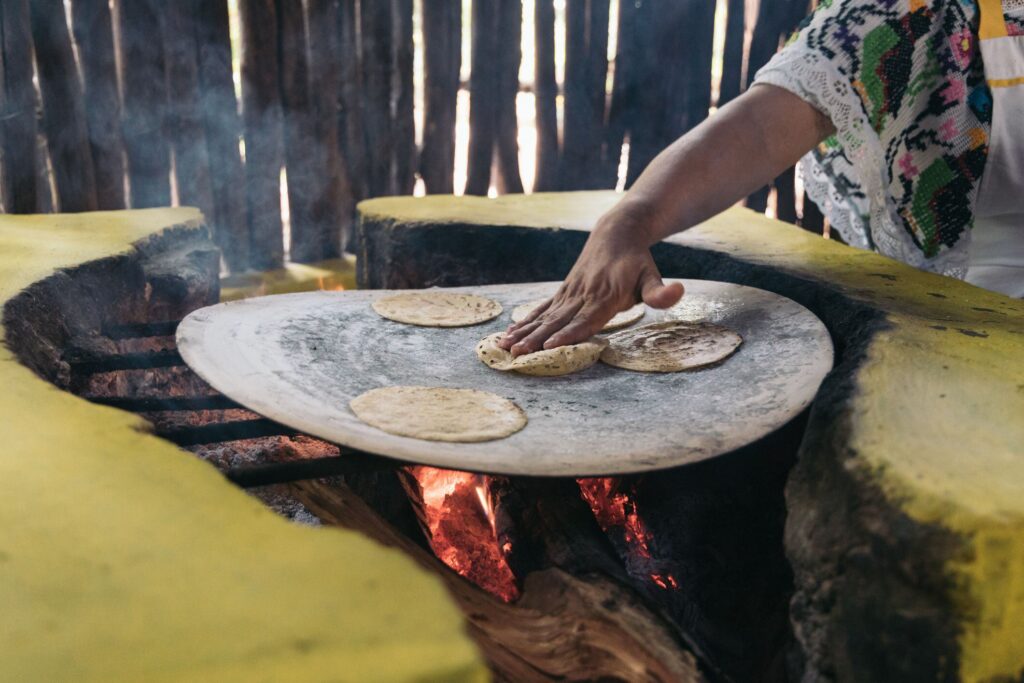
By the time Little Mexico was thriving, tortillas were daily food, not a side dish. The Dallas tortilla factory kept them fresh and local. Maria Luna’s 1920s business supplied restaurants, street vendors, and families across Dallas.
Her work supported more than tacos and enchiladas. The Dallas tortilla factory made it possible for workers to feed large families affordably. It also gave women in the community steady employment and pride in their craft, deepening the Little Mexico Dallas food history that shaped how Dallas eats today.
How Street Food and Ranch Life Shaped Tex-Mex
Tacos began as working-class food in 19th-century Mexico City. Women sold tortillas filled with organ meats and other inexpensive cuts to laborers. When tacos reached the U.S. in the early 1900s, they changed form.
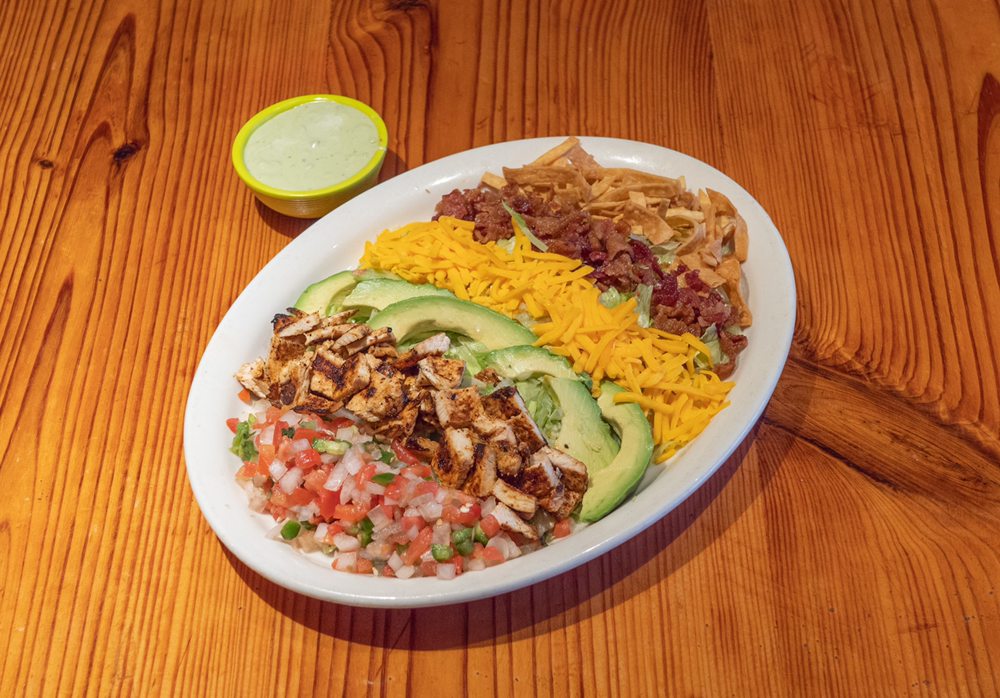
Hard shells and shredded cheese became part of the Mexican American version. In Little Mexico, you could find both—soft tacos made fresh daily and crispy ones that drew in new customers. That mix of authenticity and adaptation helped shape the best Tex-Mex restaurant Dallas style you know today.
Fajitas have similar roots in ranch life. In the 1930s, Mexican cowboys were often paid with less desirable cuts of meat like skirt steak. They marinated the meat, grilled it, and served it with flour tortillas and condiments, creating a dish that soon became a staple of Tex-Mex dining and a key part of the history of Tex-Mex in Dallas.
Dishes That Connect to Mexican Heritage
Chiles en nogada is one of the most symbolic Mexican dishes. It features roasted poblano chiles stuffed with sweet and savory picadillo, topped with white walnut sauce, parsley, and pomegranate seeds. The red, white, and green colors mirror the Mexican flag.
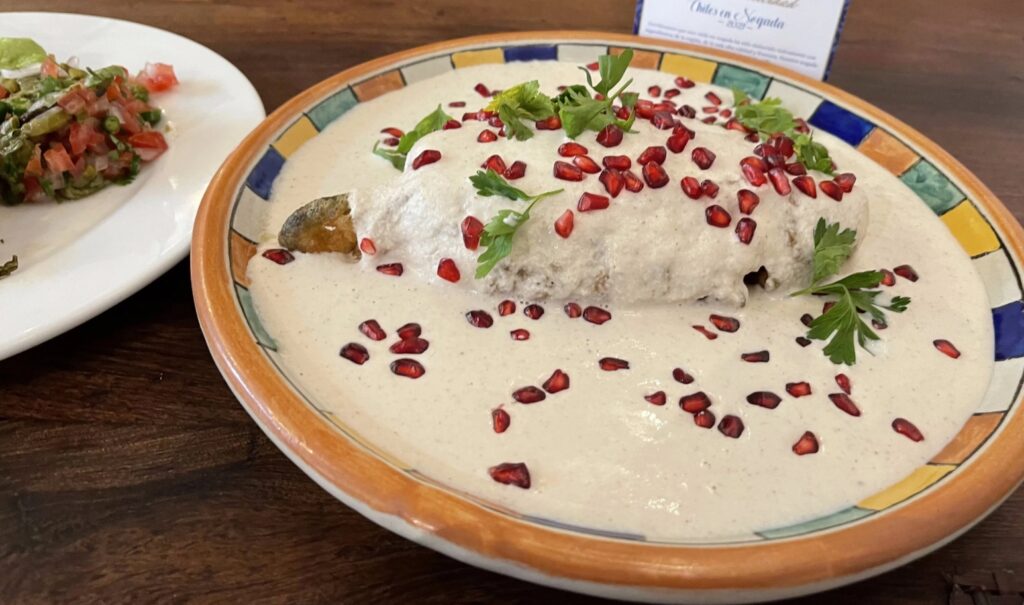
The dish was reportedly created by nuns in Puebla in 1821 to honor General Agustín de Iturbide. Whether that story is true or not, it became a symbol of independence and pride. For families in Little Mexico, serving it each September helped keep cultural traditions alive and preserve traditional Mexican dishes in Dallas.
Menudo and pozole were also staples of family gatherings. Menudo, made with beef tripe and chiles, was often served on weekends or after long work shifts. Pozole, a stew made with hominy and pork, brought families together for holidays and special events, reflecting the origins of Dallas Mexican restaurants that valued community dining.
The Tollway and the Loss of a Neighborhood
The Dallas North Tollway began construction in the 1960s and split Little Mexico in half. Rezoning and higher living costs followed, forcing many families out. Homes were bought for as little as $10,000 as development moved in.
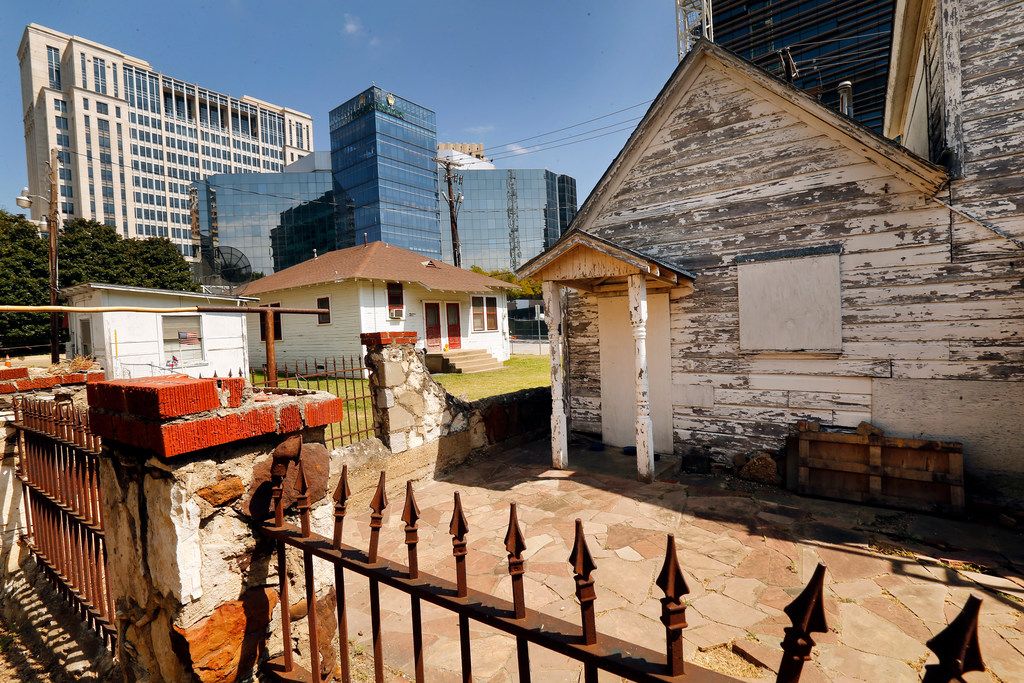
By the 1970s, most of the original neighborhood was gone. St. Ann’s School, Cumberland Hill School, and the Luna Tortilla Factory became some of the last historic sites. Remembering the Dallas tortilla factory and its legacy helps preserve what was lost in Little Mexico Dallas food history.
Without that record, Tex-Mex might be mistaken for a trend rather than a culture. Little Mexico shows that food can be a form of resistance. Every tortilla, plate of enchiladas, and bowl of menudo tells part of the history of Tex-Mex in Dallas.
Keeping the Legacy Alive
Today, when you order classic enchiladas Dallas style or visit the best Tex-Mex restaurant Dallas has to offer, you’re tasting more than flavor. You’re experiencing generations of tradition built by hardworking families. You’re also keeping the memory of Little Mexico alive through traditional Mexican dishes in Dallas.
Buying fresh tortillas from local makers continues the Dallas tortilla factory legacy. Supporting neighborhood restaurants honors those who turned their kitchens into businesses decades ago. Each bite connects you to the origins of Dallas Mexican restaurants and a deeper story of identity, adaptation, and pride.
Experience Dallas’s Food Story for Yourself
If you want to go beyond reading about Little Mexico Dallas food history, you can taste it. Join an Incloodie Food Tour and explore Dallas’s rich culinary past through local restaurants, hidden gems, and authentic Tex-Mex favorites.
Book your tour today at Incloodie Food Tour and experience the stories, flavors, and people who helped make Dallas a true food city.

